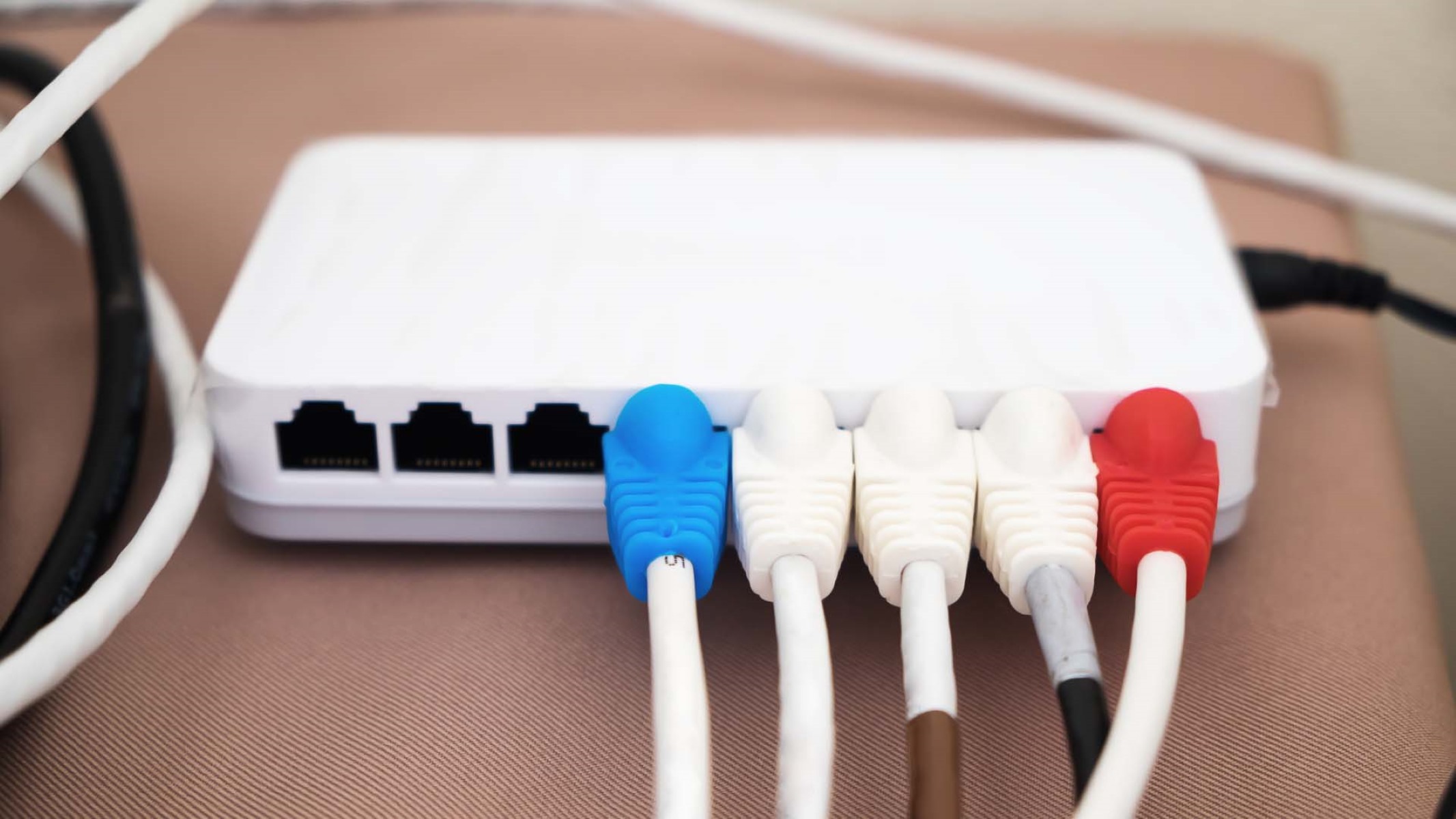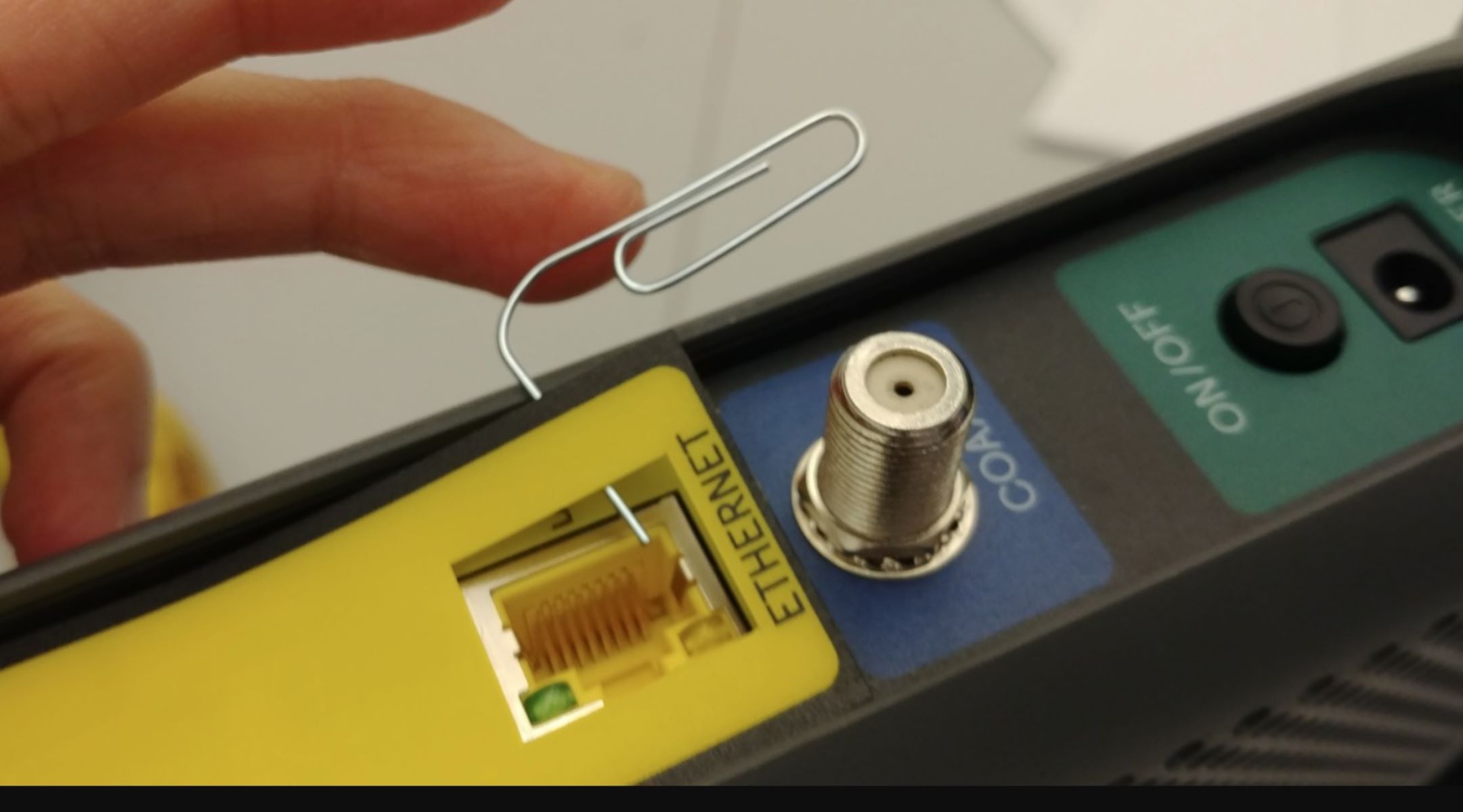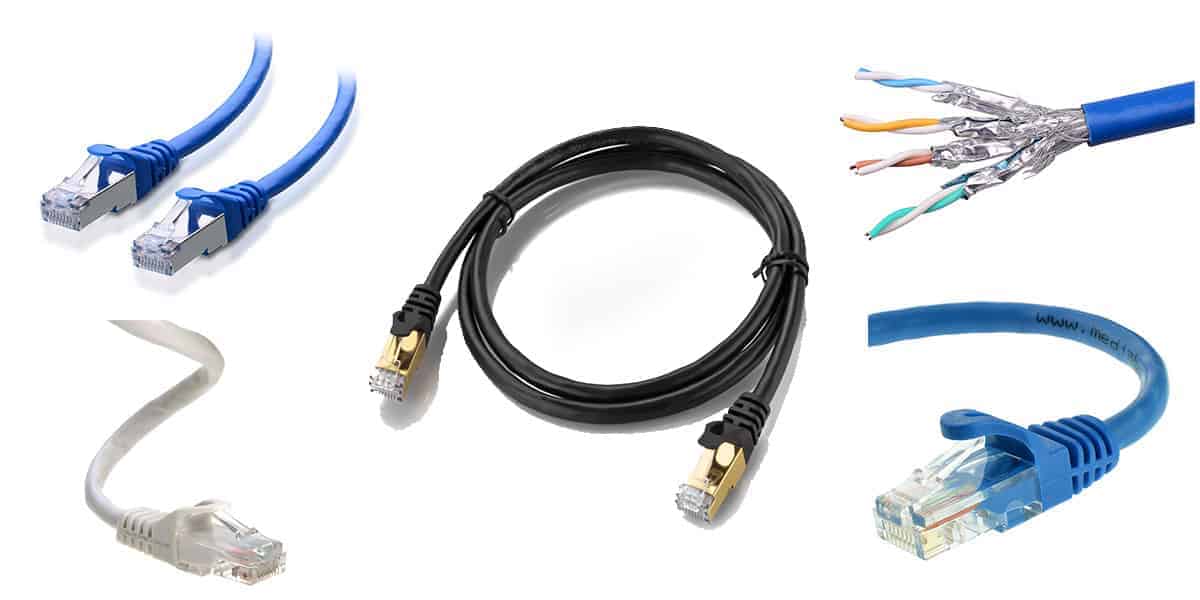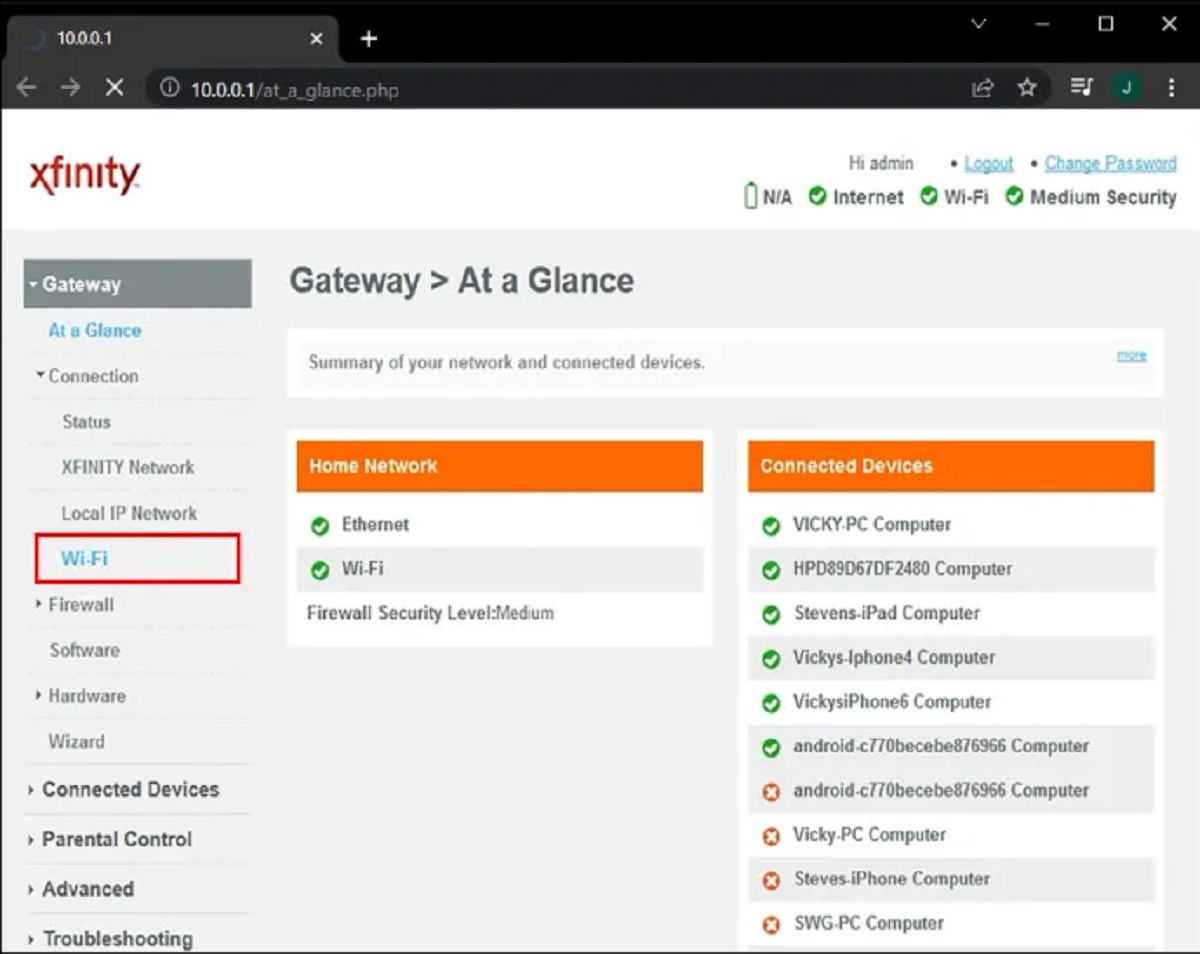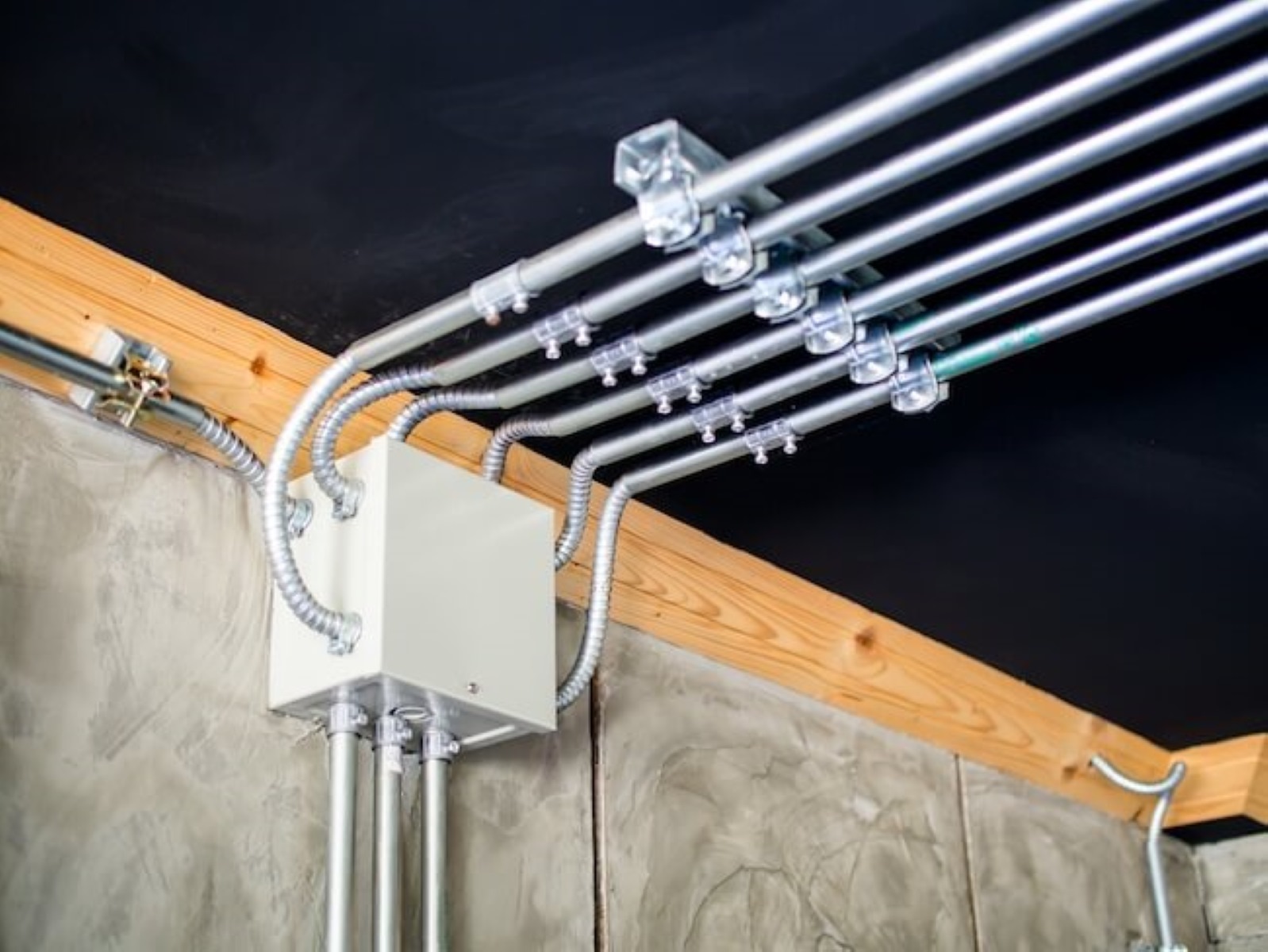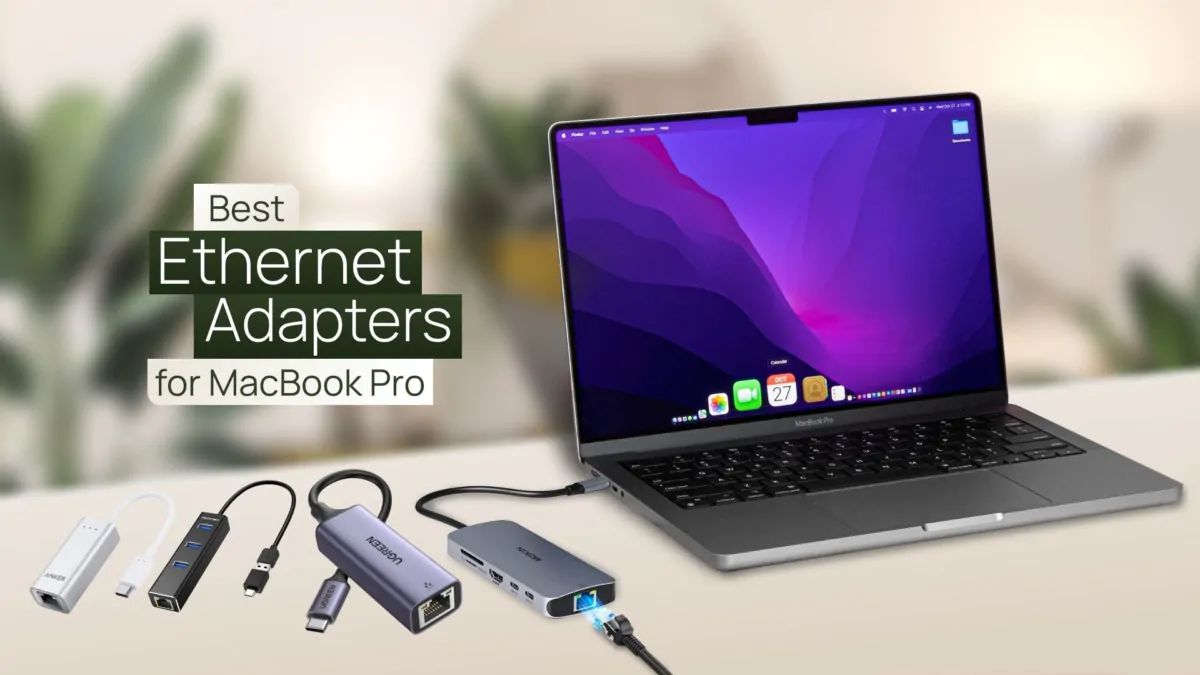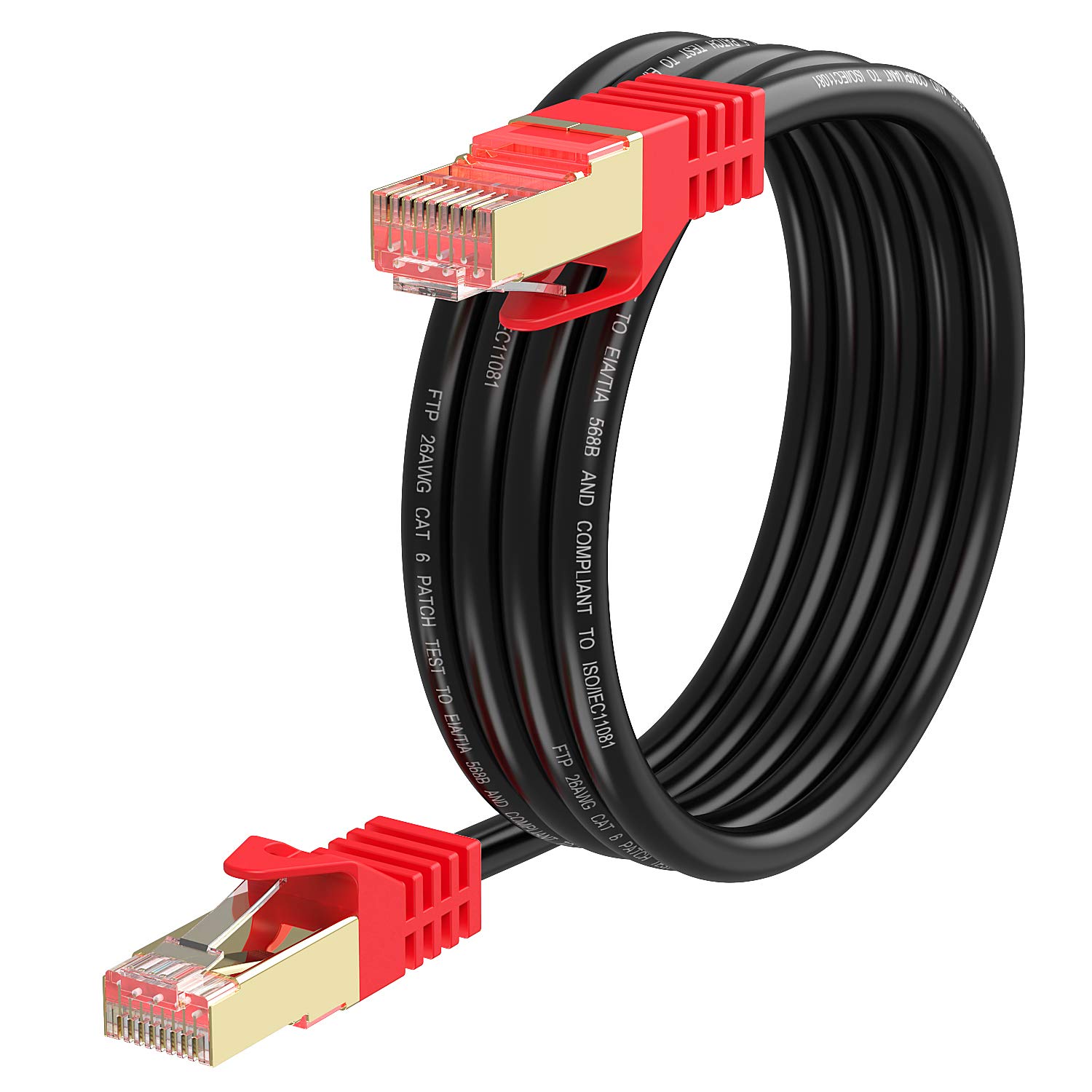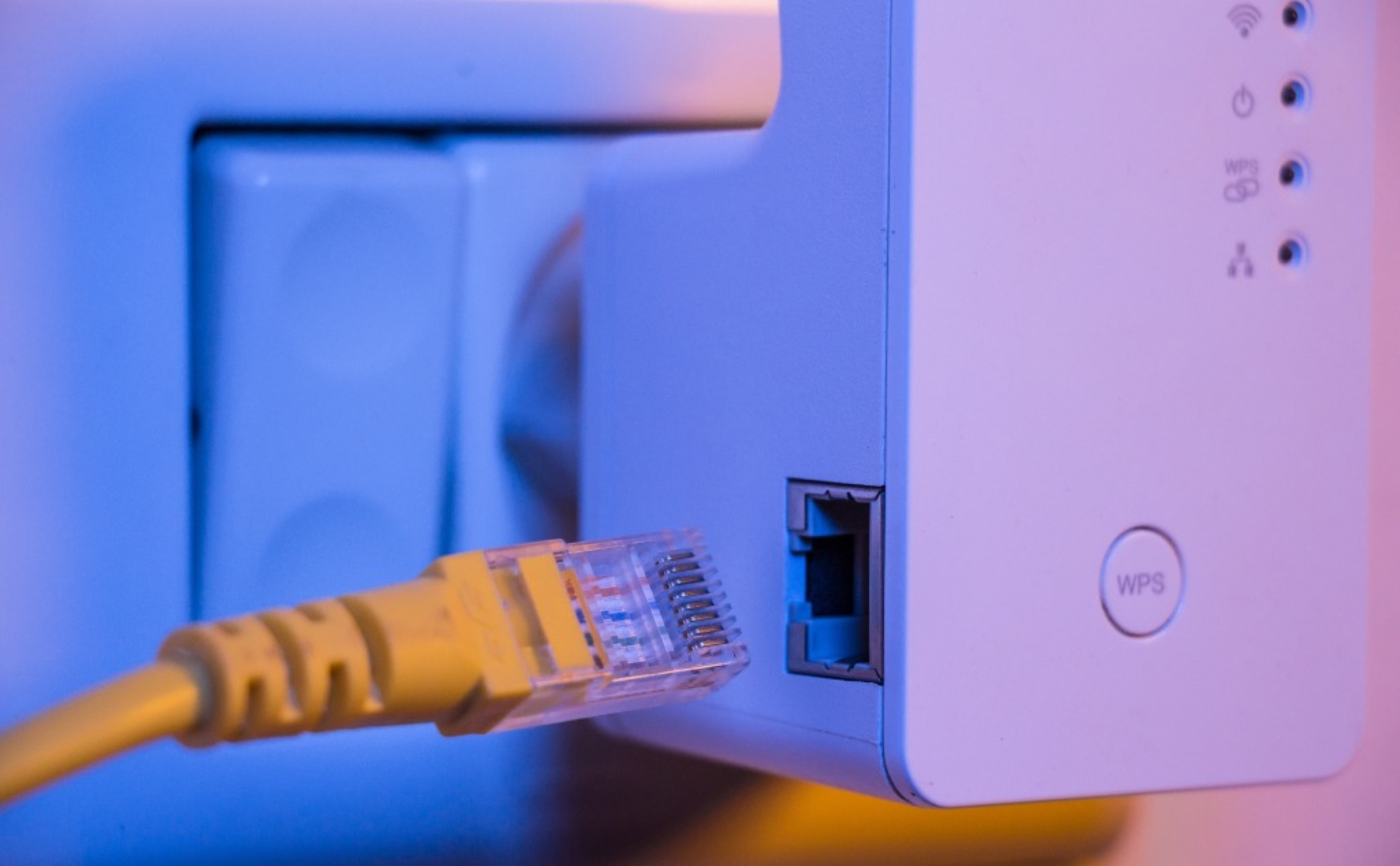Introduction
Ethernet is a widely used technology for connecting devices to a local area network (LAN) or the internet. It provides a reliable and stable connection, making it an ideal choice for various applications, such as in homes, offices, and data centers. However, like any other technology, Ethernet connections can sometimes encounter issues that disrupt the flow of data.
Knowing how to determine if Ethernet is working properly is essential in troubleshooting network problems and ensuring a seamless online experience. Whether you’re experiencing slow internet speeds, intermittent connectivity, or no connection at all, there are several steps you can take to verify and diagnose the root cause of the issue.
In this article, we will explore various methods to determine if your Ethernet connection is working as it should. We will cover both basic and advanced techniques to help you assess the status of your Ethernet connection and identify any potential problems. By following these steps, you can gain valuable insights into your network setup and resolve any connectivity issues that may arise.
Before diving into the troubleshooting process, it’s important to understand that Ethernet connections involve both hardware and software components. Physical cables, network adapters, routers, and switches form the physical infrastructure, while network settings, drivers, and software configurations play a role in establishing a successful connection.
Now that we have a clear understanding of the importance of Ethernet and the factors that contribute to its functionality, let’s dive into the steps you can follow to determine if your Ethernet connection is working as expected.
Checking Physical Connections
When troubleshooting Ethernet connection issues, it’s crucial to start by verifying the physical connections. A loose or faulty physical connection can result in a poor or non-existent network connection. Follow these steps to ensure that your Ethernet cables and connections are properly secured:
- Inspect the Ethernet cable: Check both ends of the Ethernet cable to ensure that they are securely plugged into the correct ports. Look for any visible damage or frayed wires, as these may interfere with the signal transmission.
- Check the network devices: Examine the ports on your router, modem, or network switch to confirm that they are functioning correctly. Make sure the Ethernet cable is connected to the appropriate Ethernet port.
- Reseat the Ethernet cable: Sometimes, the cable may not be fully inserted or connected properly. Safely unplug and reconnect the Ethernet cable at both ends to eliminate any potential connectivity issues.
- Try a different Ethernet cable: If you suspect a faulty cable, test the Ethernet connection with a different cable. This will help determine if the issue lies with the cable itself.
After checking the physical connections, it’s important to observe if there are any indicators that the Ethernet connection is active. Many devices have LED lights that indicate whether the Ethernet connection is working or not. Look for steady lights or blinking activity to confirm that the physical connections are functioning correctly.
By thoroughly examining and verifying the physical connections, you can eliminate any potential issues related to the hardware setup. If the Ethernet connection is still not working despite checking the physical connections, proceed to the next step to further troubleshoot the issue.
Verifying Network Settings
Once you have confirmed that the physical connections are secure, the next step is to ensure that your network settings are correctly configured. Incorrect network settings can prevent proper communication between devices and result in Ethernet connection issues. Follow these steps to verify and adjust your network settings:
- Check IP configuration: Open the network settings on your computer and verify that it is set to obtain an IP address automatically. If you are using a static IP address, ensure that it is configured correctly.
- DNS settings: Ensure that the DNS (Domain Name System) settings are properly configured. Use the DNS server provided by your internet service provider (ISP) or use a reliable public DNS server such as Google DNS (8.8.8.8 and 8.8.4.4).
- Firewall settings: Check your firewall settings to ensure that they are not blocking the Ethernet connection. Temporarily disable the firewall or configure it to allow the necessary network traffic.
- Proxy settings: If you are using a proxy server, verify that the correct proxy settings are configured. Incorrect proxy settings can prevent proper internet connectivity.
Additionally, you can try resetting your network settings to their default values. This can be done by using the “Network Reset” feature on Windows or resetting the network settings on other operating systems. This will revert any network configuration changes you have made and allow you to start fresh.
After verifying and adjusting your network settings, restart your computer and check if the Ethernet connection is now working. If the connection issue persists, it might be necessary to delve deeper into advanced troubleshooting methods or seek assistance from a network specialist.
Remember that incorrect network settings can be a common cause of Ethernet connection problems, so it is important to double-check and ensure that your settings are properly configured.
Testing Connectivity Using Command Prompt
Using the command prompt can be a helpful way to test the connectivity and diagnose Ethernet connection issues. Here’s how you can perform network tests using the command prompt:
- Open the command prompt: Press the Windows key + R, type “cmd”, and hit Enter to open the command prompt.
- Ping the router: In the command prompt, type “ping
” and press Enter. Replace “ ” with the actual IP address of your router. This will test if your computer can communicate with the router. - Ping an external website: In the command prompt, type “ping
” and press Enter. Replace “ ” with a well-known website such as “google.com” or “yahoo.com”. This will test if your computer can communicate with external websites. - Check IP address configuration: In the command prompt, type “ipconfig” and press Enter. This will display information about your network connection, including your IP address, subnet mask, and default gateway.
- Check DNS resolution: In the command prompt, type “nslookup
” and press Enter. Replace “ ” with the domain name of a website. This will check if your computer can resolve DNS and retrieve the IP address associated with the website.
By performing these tests, you can gather valuable information about the connectivity status between your computer, the router, and external websites. If the ping results show successful communication but you are still experiencing issues, the problem may lie elsewhere in your network setup.
However, if the ping tests fail or show high latency, it could indicate a problem with your network connection or an issue with the router. In such cases, restarting your router or contacting your internet service provider may help resolve the problem.
Using the command prompt allows you to gather real-time information about the state of your network connection and can provide insights into potential network issues. It’s a useful tool for troubleshooting Ethernet connectivity problems and ruling out any underlying network-related problems.
Using Network Diagnostic Tools
When troubleshooting Ethernet connection issues, utilizing network diagnostic tools can be extremely helpful in identifying and resolving problems. These tools can diagnose network problems, measure network performance, and provide valuable insights into the health of your Ethernet connection. Here are some network diagnostic tools you can utilize:
- Network Troubleshooter: Most operating systems, such as Windows and macOS, have built-in network troubleshooters. These tools can automatically detect and fix common network issues by analyzing your network settings and configurations. Run the network troubleshooter to see if it can identify and resolve any Ethernet connection problems.
- Network Monitoring Software: Network monitoring tools such as Wireshark, PRTG, or SolarWinds can monitor network traffic, identify bottlenecks, and capture packet data for in-depth analysis. These tools can help detect any abnormalities in your network traffic and provide insights into potential issues affecting your Ethernet connection.
- Ethernet Cable Testers: If you suspect a faulty Ethernet cable, an Ethernet cable tester can help determine if there are any connectivity issues or damaged wires. These testers can verify the continuity and integrity of the cable, allowing you to identify and replace any faulty cables.
- Network Analyzers: Network analyzers, like NetFlow Analyzer or Wi-Fi Analyzer, can provide detailed information about network performance, including bandwidth usage, network congestion, and signal strength. These tools can help pinpoint performance issues affecting your Ethernet connection and guide you in optimizing your network setup.
Using network diagnostic tools can give you a deeper understanding of your network infrastructure and help pinpoint the root cause of any Ethernet connection problems. By leveraging these tools, you can gather specific and detailed data to assist in troubleshooting and resolving network issues.
Remember to consult documentation or seek guidance on properly using these diagnostic tools to ensure accurate results and interpretations. Utilizing network diagnostic tools in combination with other troubleshooting methods can significantly improve your ability to diagnose and fix Ethernet connection issues.
Checking for Network Activity Indicator
One way to determine if your Ethernet connection is working is to check for a network activity indicator on your device or network equipment. The activity indicator provides visual feedback on the status of your Ethernet connection and can help identify if data is being transmitted or received. Here are some places to look for network activity indicators:
- Network Interface Card (NIC) LEDs: Most network interface cards have built-in LEDs that indicate network activity. These LEDs usually have different colors or blinking patterns to signify the status of the Ethernet connection. A steady or blinking green LED often indicates a successful connection and network activity.
- Router or Modem LEDs: Routers and modems typically have LEDs that display the status of the Ethernet connection. These LEDs may be labeled as “Link,” “LAN,” or “Ethernet.” A steady or blinking LED indicates an active connection, while no LED activity may indicate a problem with the connection.
- Switch LEDs: If you have a network switch, check the LEDs on the switch ports to verify if the Ethernet connection is active. The LEDs may show colors like green or amber to indicate link status and activity.
By observing these network activity indicators, you can quickly assess the status of your Ethernet connection. If there is no network activity indicated by the LEDs, it may suggest a problem with the connection, cables, or network equipment.
Keep in mind that the meaning of the indicator lights may vary depending on your device and network hardware. Consult the user manual or documentation for your specific equipment to understand the exact indications and troubleshoot accordingly.
Checking for network activity indicators is a simple yet effective way to visually verify if your Ethernet connection is functioning properly. If you observe no activity or unusual behavior, it’s a good idea to proceed with further troubleshooting steps to identify and resolve any underlying network issues.
Troubleshooting Common Ethernet Connection Issues
Despite taking precautions and following the previous steps, Ethernet connection issues can still occur. In such cases, it’s essential to troubleshoot and address common problems that may be affecting your network connectivity. Here are some common Ethernet connection issues and possible solutions:
- No Internet Access: If you have an Ethernet connection but cannot access the internet, try restarting your router and modem. Additionally, check if other devices on the network are experiencing the same issue. If so, contact your internet service provider to ensure there are no service disruptions in your area.
- Slow Internet Speed: If your Ethernet connection is slow, it could be due to various factors. Check if any background applications or downloads are consuming excess bandwidth. Verify that your Ethernet cable is of good quality and meets the required specifications for your network speed. If the problem persists, consider upgrading your internet plan or contacting your ISP for further assistance.
- Intermittent Connectivity: If your Ethernet connection keeps dropping or is unstable, make sure your cables are securely connected. Check for any loose connections or damaged cables. Additionally, update your network drivers and firmware for your network devices. If the issue persists, try connecting to a different Ethernet port on your router or switch.
- IP Address Conflict: An IP address conflict can occur when multiple devices on the network have the same IP address. This can result in network connectivity issues. To resolve this, ensure that your devices are set to obtain an IP address automatically or manually assign unique IP addresses to each device on the network.
- Driver Issues: Outdated or corrupt network drivers can cause Ethernet connection problems. Update your network adapter drivers by visiting the manufacturer’s website and downloading the latest drivers for your specific model. Install the updated drivers and restart your computer to apply the changes.
If you have checked all possible solutions and are still experiencing Ethernet connection issues, it may be helpful to consult online forums, community support, or reach out to a network specialist for further assistance. They can guide you through advanced troubleshooting steps or suggest more specific solutions based on your unique network setup.
Keep in mind that successful troubleshooting often requires a systematic approach, patience, and understanding of your network infrastructure. By systematically addressing common Ethernet connection issues, you can enhance the stability and reliability of your network connection.
Conclusion
Ensuring that your Ethernet connection is working properly is crucial for maintaining a seamless and reliable network experience. By following the steps we discussed in this article, you can effectively diagnose and troubleshoot Ethernet connection issues.
First, it’s important to check the physical connections and ensure that your Ethernet cables are properly connected and in good condition. Next, verify and adjust your network settings, including IP configuration, DNS settings, firewall settings, and proxy settings.
Using the command prompt allows you to perform network tests such as pinging the router and external websites, checking IP address configuration, and testing DNS resolution.
Network diagnostic tools, such as built-in network troubleshooters, network monitoring software, Ethernet cable testers, and network analyzers, can provide valuable insights into your network’s health and performance.
Monitoring the network activity indicator lights on your devices and network equipment can give you a quick visual indication of the status of your Ethernet connection.
Lastly, be aware of and troubleshoot common Ethernet connection issues such as no internet access, slow internet speed, intermittent connectivity, IP address conflict, and driver issues.
By systematically applying these troubleshooting steps, you can identify and resolve Ethernet connection issues, ensuring a stable and reliable network for all your online activities.
Remember, if you encounter persistent or complex issues, it’s always a good idea to reach out to network specialists or consult online forums for further assistance. With a little effort and the right approach, you can keep your Ethernet connection functioning optimally and enjoy uninterrupted connectivity.







